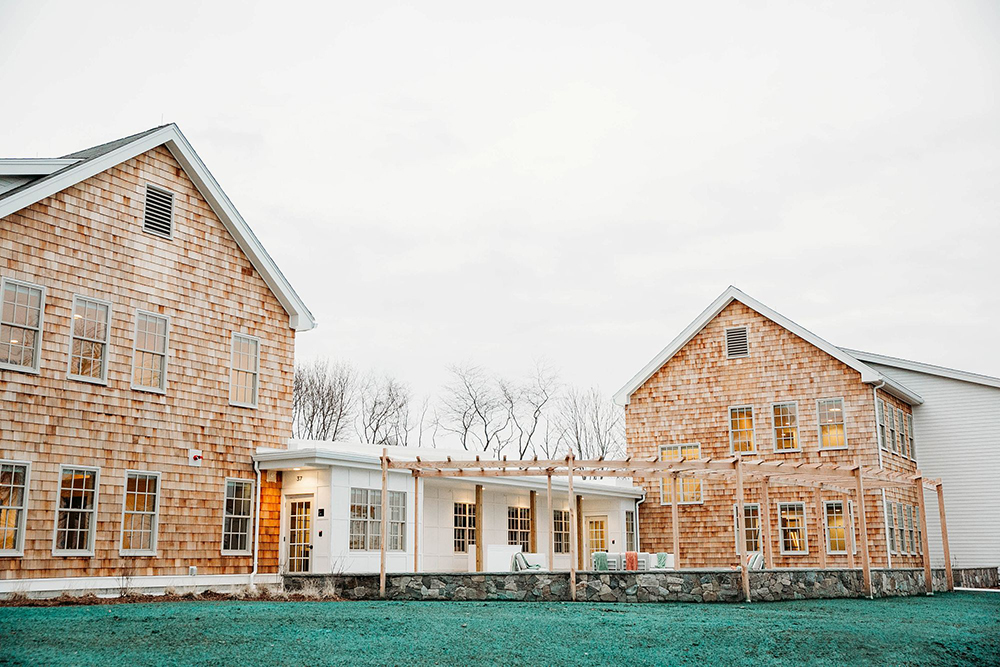Understanding how 1031 like-kind exchanges and vacation homes work - by Bill Lopriore

First American Exchange Co., LLC
Many people own rental properties in vacation locations. With proper planning, a tax-deferred exchange may help them enjoy their vacation property to a limited extent, while still having the tax benefits available from a tax-deferred exchange.
It’s important to understand that property held for personal use does not qualify for tax-deferred treatment under Internal Revenue Code Section 1031. To qualify for tax-deferred treatment under §1031, both the relinquished and replacement properties must be held for investment purposes or for use in the taxpayer’s trade or business.
But, what about vacation homes? Personal use is usually why they were acquired, but how much personal use is too much under §1031? Does the property have to be rented out to be considered an investment?
There is some legal precedence on this topic. The taxpayers in one case faced this exact dilemma (see Barry E. Moore et ux. v. Commissioner, T.C. Memo, 2007-134; No. 11002-03, May 30, 2007). They owned lake property that they used during weekends in the summer, with occasional maintenance visits in the off season until later years when maintenance decreased substantially. They exchanged the lake house for property closer to home and used the new property even more often. The court disallowed the exchange, finding that the property was held primarily for personal use, not for investment.
The mere hope or expectation of appreciation was not sufficient to establish investment intent. The taxpayers in this case never attempted to rent either property, never claimed deductions for maintenance or depreciation, and deducted the interest as home mortgage interest. Also, their eventual failure to properly maintain the relinquished property was inconsistent with investment intent.
In 2007, the Treasury Inspector General for Tax Administration issued a report recommending additional oversight of like-kind exchanges concerning both second homes and vacation homes. In response, the Internal Revenue Service (IRS) issued Revenue Procedure 2008-16, which provides a safe harbor. If the procedures are followed, the IRS will not challenge whether a property qualifies as being held for productive use in a trade or business or for investment. An exchange may fall outside the safe harbor and still qualify, but expect more scrutiny from the IRS.
Generally, the Revenue Procedure requires that both the relinquished and replacement properties must have been owned by the taxpayer for at least 24 months immediately before and after the exchange. In each of the two 12-month periods immediately before and after the exchange, the properties must be rented at a fair market value for a minimum of 14 days or more. The taxpayer’s personal use cannot exceed the 14 days or 10% of the days during each 12-month period that the property was rented at a fair market value (whichever is greater).
Also, it is important to know that “personal use” is not limited just to use by the taxpayer. It also includes use by:
• The taxpayer’s family members;
• Any other person with an interest in the unit, or their families;
• Anyone using the unit under an arrangement which enables the taxpayer to use some other dwelling unit (even if no rent is charged); or
• Anyone, if the rent paid on the property is less than fair market value rent.
You must meet the ownership requirements mentioned above, limit personal use of the property to 14 days per year or 10% of the rental period (whichever is greater). And, if you use the property for any additional days for repairs and maintenance, you must be ready to show proof of the actual maintenance that was completed.
The property should be rented to an unrelated party for at least 14 days per year, but there is no need to rent the property for more than 14 days. You may also rent the property to a related party, if they use it as their principal residence and pay fair market value rent.
It is also important to treat the property as an investment. Make sure that the property is properly maintained. Deduct expenses for maintenance, utilities, insurance and depreciation. Also, any mortgage should be an investment loan, not a loan for a primary residence.
A tax-deferred exchange is one of the few wealth-building tools available to virtually any investor. Taxpayers should consider the benefits of a tax-deferred exchange whenever they plan to sell property that is not their principal residence.
Bill Lopriore is the northeast regional manager and counsel for First American Exchange Company, LLC, Wayland, Mass.
Nothing contained in this article is to be considered as the rendering of legal advice for specific cases, and readers are responsible for obtaining such advice from their own legal counsel. This article is intended for educational and informational purposes only. The views and opinions expressed in this article are solely those of this author, and do not necessarily reflect the views, opinions, or policies of this author’s employer, First American Exchange Company, LLC.
Preservation of Affordable Housing secures $23.5 million in financing from Rockland Trust and Citizens Bank

Examples of investors who used Kay Properties for legacy and estate planning purposes for rental property/portfolios - by Dwight Kay










